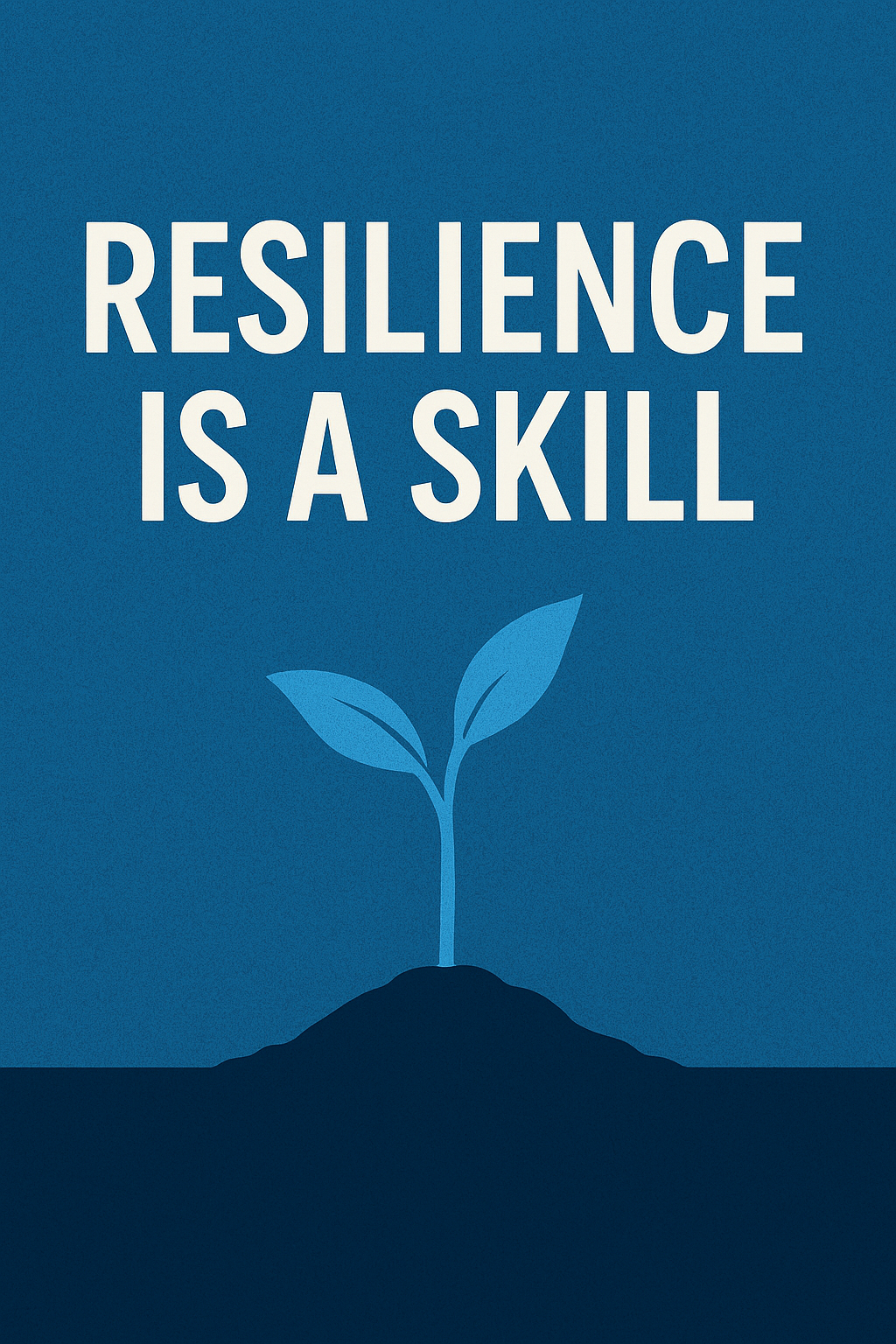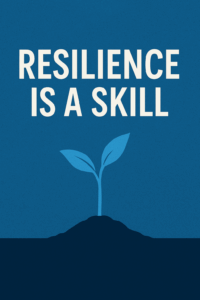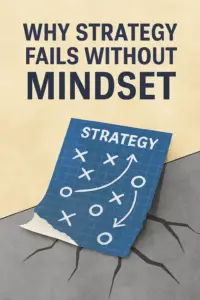Introduction: The Redwood Lesson
When you walk through a redwood grove, you notice something striking: these towering trees bend with the wind, but they rarely break. Their strength isn’t just in their size — it’s in their adaptability. Humans are the same. Too often, we treat resilience as if it’s a fixed character trait, something you either have or don’t. But the truth is simpler and more empowering: resilience is a skill. Like any skill, it can be trained, strengthened, and applied across every area of life — from business to personal growth.
Why Resilience Is a Skill, Not a Trait
The myth of “natural resilience” is persistent. We admire leaders, athletes, or entrepreneurs who seem unshakable and assume they were born that way. But research in psychology and neuroscience tells a different story.
- Neuroplasticity shows that our brains adapt and rewire through practice.
- Behavioral science demonstrates that habits and routines shape how we respond to stress.
- Case studies in business reveal that organizations that deliberately train resilience outperform those that rely on “tough” personalities.
Resilience isn’t about gritting your teeth and pushing through. It’s about learning strategies that allow you to recover, adapt, and grow stronger after setbacks.
The Building Blocks of Resilience Skill Training
1. Mindset Shifts
Resilience begins with perspective. Instead of seeing challenges as threats, resilient people frame them as opportunities to learn. This doesn’t mean ignoring difficulty — it means choosing a lens that empowers action.
- Practice reframing: Ask, “What can this teach me?” instead of “Why me?”
- Use self‑talk as training: Replace “I can’t handle this” with “I’m learning to handle this.”
2. Daily Habits
Small, consistent practices build resilience over time.
- Physical training: Exercise conditions not just the body but also the mind to push through discomfort.
- Reflection: Journaling or meditation helps process setbacks and extract lessons.
- Recovery: Sleep, nutrition, and downtime are not luxuries — they’re the foundation of adaptability.
3. Social Support
Resilience is rarely a solo act. Strong networks — colleagues, friends, mentors — provide perspective and encouragement.
- Build your “resilience circle”: people who challenge you, support you, and remind you of your strengths.
- Practice reciprocal vulnerability: share your struggles and invite others to share theirs.
Resilience in Business and Leadership
In business, resilience is often the difference between companies that adapt and those that collapse. Consider startups: pivots are not signs of weakness but of resilience in action. Leaders who treat resilience as a skill create cultures where teams:
- Experiment without fear of failure.
- Adapt quickly to market changes.
- Support one another through uncertainty.
For example, during economic downturns, resilient leaders don’t just cut costs — they reimagine strategy, retrain teams, and find new opportunities. They model adaptability, showing their people that resilience is not about stoicism but about creative response.
Training Resilience in Daily Life
Outside of business, resilience skill training shows up in everyday challenges:
- Parenting: Teaching children that mistakes are part of learning.
- Health: Approaching setbacks in fitness or recovery as feedback, not failure.
- Relationships: Navigating conflict with curiosity instead of defensiveness.
Practical exercises include:
- Micro‑challenges: Intentionally doing something slightly uncomfortable each day (cold shower, tough workout, difficult conversation).
- Reflection prompts: At the end of the day, ask, “Where did I adapt today? Where can I adapt tomorrow?”
- Visualization: Picture yourself handling adversity with calm and creativity.
The Science Behind Resilience Training
Studies in positive psychology show that resilience correlates with higher well‑being, better performance, and stronger relationships. Importantly, interventions like mindfulness, gratitude journaling, and cognitive reframing have measurable effects on resilience scores. This means resilience isn’t just a motivational buzzword — it’s a trainable, evidence‑based skill.
Building a Resilience Hub: Linking Skills Together
Think of resilience as the hub of a wheel. Each spoke — mindset, habits, social support, leadership — strengthens the whole. Neglect one, and the wheel wobbles. Train them together, and you create a balanced, adaptable foundation for growth.
For your own journey, start small: pick one practice (like journaling or reframing) and commit to it daily. Over time, layer in others. The compound effect is powerful.
Conclusion: Resilience is a Skill you can Train
Resilience isn’t reserved for the naturally tough. It’s a skill you can practice, refine, and apply across every domain of life. Whether you’re leading a team through uncertainty, navigating personal setbacks, or simply trying to grow stronger day by day, the principle is the same: resilience is a skill. And like any skill, the more you train it, the more it becomes second nature.



